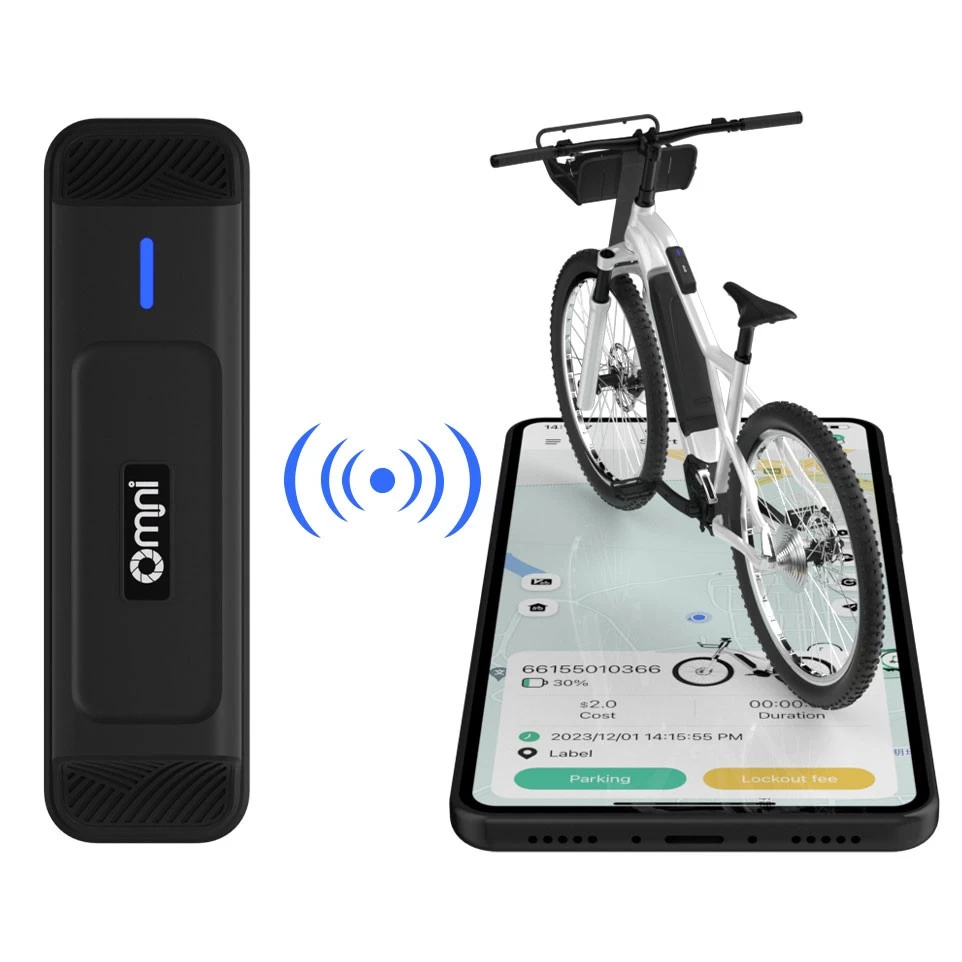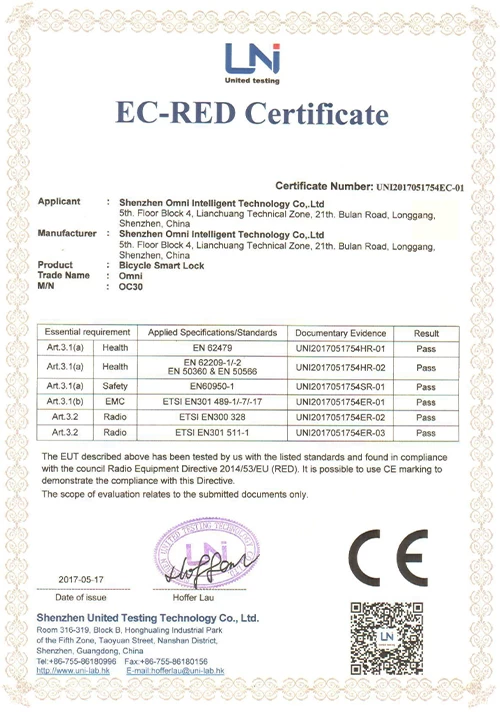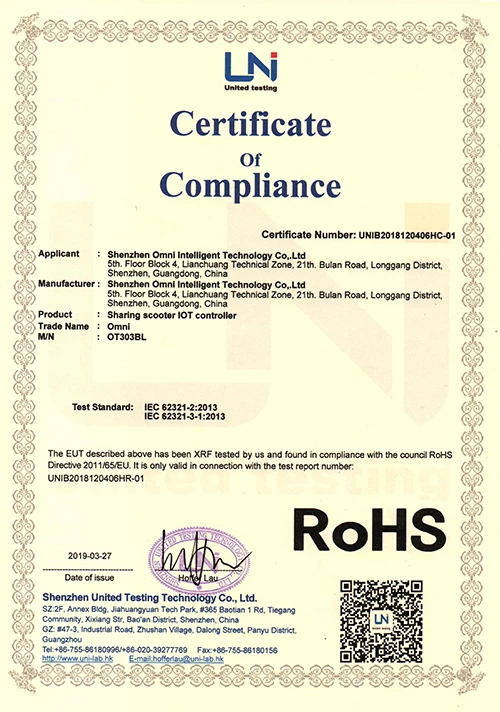IoT solutions for smart city
2020-03-09 16:16:51
What is the role of IoT in smart city?
In general, the term IoT (Internet of Things) refers to the rapidly growing number of digital devices – the quantity is now billions – these devices can communicate and interact with others over the network/internet worldwide and they can be remotely monitored and controlled. The IoT includes only smart sensors and other devices. On the operational level of IoT, for example weather data is collected. IoT offers new opportunities for cities to use data to manage traffic, cut pollution, make better use of infrastructure and keep citizens safe and clean.
Advantages of IoT
Companies use IoT for innovative management and for monitoring widely dispersed processes. As a result, they even can control the latter even from distant places as information is continuously fed into applications and data storage. IoT provides an advantage of knowing things in advance. Due to the low cost of IoT, it is now possible to monitor and manage activities that were previously unreachable. The financial aspect is the best advantage, because this new technology could replace humans who are in charge of monitoring and maintaining supplies. Consequently, costs can be significantly reduced and optimized. IoT also makes it possible to gain completely new insights e.g. associating weather influences to industrial productions.
Role of the smartphone in IoT
IoT for the average person is the smartphone because it is going to be everywhere and everyone carries a smartphone all day
We use it for a large number of daily tasks to interact with other smart devices
Interaction with IoT using a smartphone simply because this is the computing platform that we are most likely to have with us at any point in time
Concerned that something is not quite right with our IoT-enabled device (e.g. when your own car got a “Check Engine” light), we will be able to run a professional vehicle scan diagnostic tool from our smartphone to read diagnostic trouble codes which is cheaper than bringing it to a professional car mechanic to diagnose the problem
IoT means that consumers will have more options when it comes to smart devices (interaction with those devices through the smartphone)
More possibilities like connecting your smartphone with a washing machine to get a graph to see the water usage and electricity over the past few weeks/months
In all, every IoT device such as washing machines,refrigerators or cars are able to send and receive data to specially configured servers on the Internet – they are able to connect and communicate over the Internet.
Understanding the role of smart city and its components in the IoT era
Tokyo, the city with the world’s largest population density keeps growing and boasting the largest number of people of all the cities in the world. Japan’s capital is the largest urban area worldwide with a population of more than 38 million people (38,050,000 people). In addition, more than 31 million people (32,275,000 people) live in Jakarta, Indonesia and around 26 million in Delhi, India. According to forecasts, 60% of the world’s population will live in major cities by 2030.

Traffic Management
Challenge for large smart cities is to optimize traffic
Los Angeles: As one of the busiest cities in the world, the city has implemented an intelligent transport solution to control the traffic flow
Pavement integrated sensors send real-time updates of traffic flow to a central traffic management platform which analyses the data and automatically adjusts traffic lights to the traffic situation within seconds
It uses historical data to predict where traffic can go – everything without human involvement
Smart Parking
Intelligent parking solutions identify when a vehicle has left the parking area
The sensors in the ground report via smartphone the driver, where they can find a free parking space
Others use vehicle feedback to tell precisely where the openings are and nudge waiting cars towards the path of least resistance
Smart Parking is reality today and does not require complicated infrastructure and high investment making them ideal for a mid-size Smart City
Smart Waste Management
Waste management solutions help to optimize the efficiency of waste collection and to reduce operational costs and better address the environmental issues associated with an inefficient waste collection.
Waste container receives a level sensor; when a certain threshold is reached, the management platform of a truck driver receives a notification on the smartphone. The message appears to empty a full container, which avoids half empty drains.

The future of IoT is unlimited. It provides solutions in all sectors including manufacturing, fashion, restaurant, healthcare, education etc. Smart cities can share a common smart city platform, which makes sense especially for small cities. The cloud-based nature of IoT solutions for Smart Cities is appropriate by sharing a platform based on open data. Small cities can form a common urban ecosystem. In this way, solutions of small and large smart cities are networked and controlled via the central cloud platform. Finally yet importantly, the size of a city is not an obstacle on the way to becoming "smart". Cities in each group can benefit from intelligent technologies.
In general, the term IoT (Internet of Things) refers to the rapidly growing number of digital devices – the quantity is now billions – these devices can communicate and interact with others over the network/internet worldwide and they can be remotely monitored and controlled. The IoT includes only smart sensors and other devices. On the operational level of IoT, for example weather data is collected. IoT offers new opportunities for cities to use data to manage traffic, cut pollution, make better use of infrastructure and keep citizens safe and clean.

Advantages of IoT
Companies use IoT for innovative management and for monitoring widely dispersed processes. As a result, they even can control the latter even from distant places as information is continuously fed into applications and data storage. IoT provides an advantage of knowing things in advance. Due to the low cost of IoT, it is now possible to monitor and manage activities that were previously unreachable. The financial aspect is the best advantage, because this new technology could replace humans who are in charge of monitoring and maintaining supplies. Consequently, costs can be significantly reduced and optimized. IoT also makes it possible to gain completely new insights e.g. associating weather influences to industrial productions.
Role of the smartphone in IoT
IoT for the average person is the smartphone because it is going to be everywhere and everyone carries a smartphone all day
We use it for a large number of daily tasks to interact with other smart devices
Interaction with IoT using a smartphone simply because this is the computing platform that we are most likely to have with us at any point in time
Concerned that something is not quite right with our IoT-enabled device (e.g. when your own car got a “Check Engine” light), we will be able to run a professional vehicle scan diagnostic tool from our smartphone to read diagnostic trouble codes which is cheaper than bringing it to a professional car mechanic to diagnose the problem
IoT means that consumers will have more options when it comes to smart devices (interaction with those devices through the smartphone)
More possibilities like connecting your smartphone with a washing machine to get a graph to see the water usage and electricity over the past few weeks/months
In all, every IoT device such as washing machines,refrigerators or cars are able to send and receive data to specially configured servers on the Internet – they are able to connect and communicate over the Internet.
Understanding the role of smart city and its components in the IoT era
Tokyo, the city with the world’s largest population density keeps growing and boasting the largest number of people of all the cities in the world. Japan’s capital is the largest urban area worldwide with a population of more than 38 million people (38,050,000 people). In addition, more than 31 million people (32,275,000 people) live in Jakarta, Indonesia and around 26 million in Delhi, India. According to forecasts, 60% of the world’s population will live in major cities by 2030.

Traffic Management
Challenge for large smart cities is to optimize traffic
Los Angeles: As one of the busiest cities in the world, the city has implemented an intelligent transport solution to control the traffic flow
Pavement integrated sensors send real-time updates of traffic flow to a central traffic management platform which analyses the data and automatically adjusts traffic lights to the traffic situation within seconds
It uses historical data to predict where traffic can go – everything without human involvement
Smart Parking
Intelligent parking solutions identify when a vehicle has left the parking area
The sensors in the ground report via smartphone the driver, where they can find a free parking space
Others use vehicle feedback to tell precisely where the openings are and nudge waiting cars towards the path of least resistance
Smart Parking is reality today and does not require complicated infrastructure and high investment making them ideal for a mid-size Smart City
Smart Waste Management
Waste management solutions help to optimize the efficiency of waste collection and to reduce operational costs and better address the environmental issues associated with an inefficient waste collection.
Waste container receives a level sensor; when a certain threshold is reached, the management platform of a truck driver receives a notification on the smartphone. The message appears to empty a full container, which avoids half empty drains.

The future of IoT is unlimited. It provides solutions in all sectors including manufacturing, fashion, restaurant, healthcare, education etc. Smart cities can share a common smart city platform, which makes sense especially for small cities. The cloud-based nature of IoT solutions for Smart Cities is appropriate by sharing a platform based on open data. Small cities can form a common urban ecosystem. In this way, solutions of small and large smart cities are networked and controlled via the central cloud platform. Finally yet importantly, the size of a city is not an obstacle on the way to becoming "smart". Cities in each group can benefit from intelligent technologies.
















